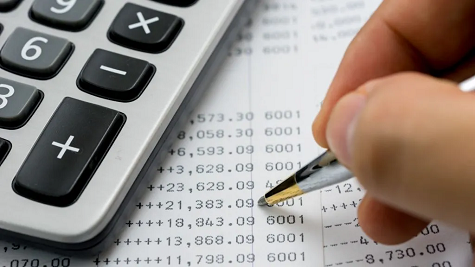Section 4-4: Bank Statements
Section 4-4: Bank Statements
Overview

 A bank statement is a document issued by a bank to an account holder, typically on a monthly basis, that provides a summary of the account activity over a specific period. Here's what you can typically find on a bank statement:
A bank statement is a document issued by a bank to an account holder, typically on a monthly basis, that provides a summary of the account activity over a specific period. Here's what you can typically find on a bank statement:
Account Information: The bank statement usually includes basic information about the account, such as the account holder's name, account number, and the period covered by the statement (e.g., statement date and the beginning and ending dates of the statement period).
Summary of Account Activity: The statement provides a summary of all transactions that occurred during the statement period. This includes deposits, withdrawals, transfers, checks written, ATM transactions, debit card transactions, electronic payments, and any fees or charges assessed by the bank.
Beginning and Ending Balances: The statement shows the beginning balance of the account at the start of the statement period and the ending balance at the end of the period. The ending balance is calculated by adding deposits and subtracting withdrawals and other debits from the beginning balance.
Check Images: If you wrote checks during the statement period, the bank statement may include images of the front and back of the canceled checks. This allows you to see details such as the check number, payee, date, and amount.
Interest Earned: If your account earns interest, the statement may show the amount of interest earned during the statement period. This is typically calculated based on the average daily balance in the account.
Electronic Statements: Many banks offer electronic statements, also known as eStatements, which are delivered electronically instead of through postal mail. Electronic statements provide the same information as paper statements but are accessible online through the bank's website or mobile app.
Bank statements are important financial documents that allow account holders to track their account activity, monitor their balances, reconcile their accounts, and detect any errors or unauthorized transactions. It's important to review your bank statements regularly to ensure that all transactions are accurate and to detect any fraudulent activity or unauthorized charges. If you notice any discrepancies or suspicious transactions, you should contact your bank immediately to report them and take appropriate action.
Online Textbook Read Section 4-4: (Bank Statements)
